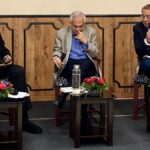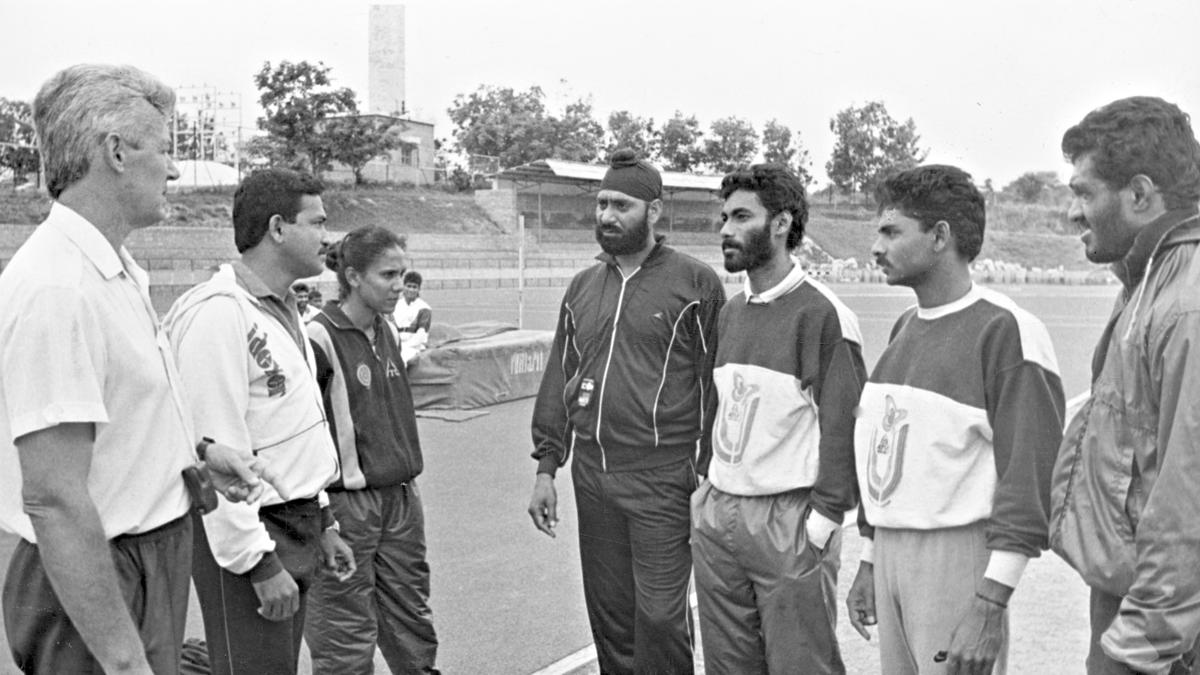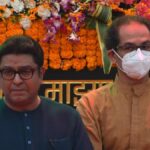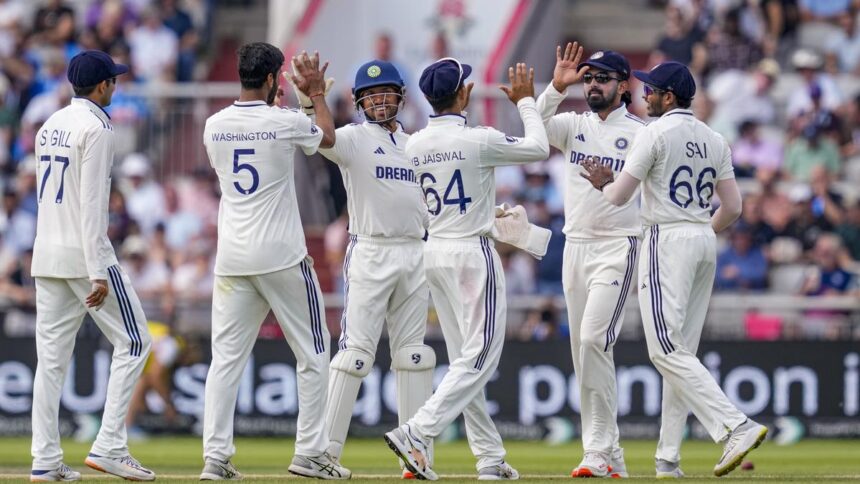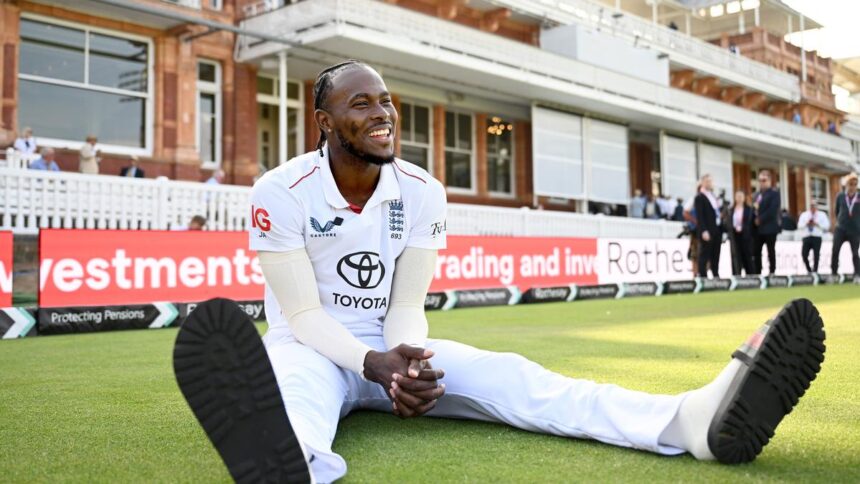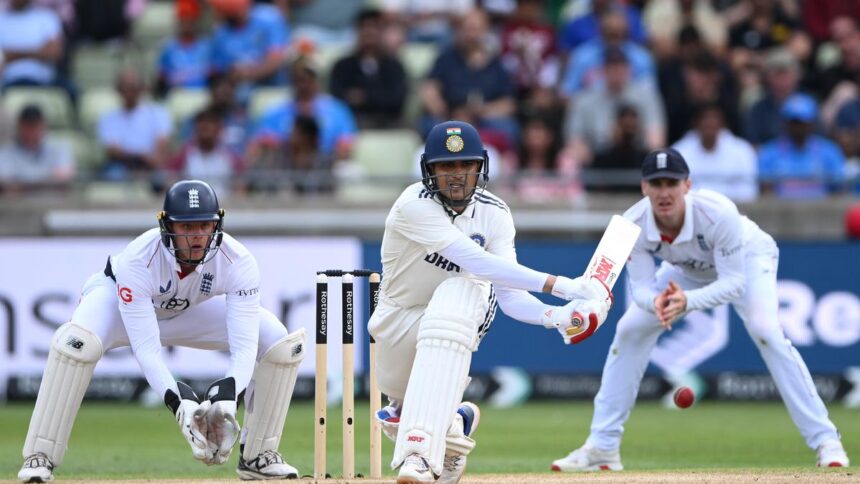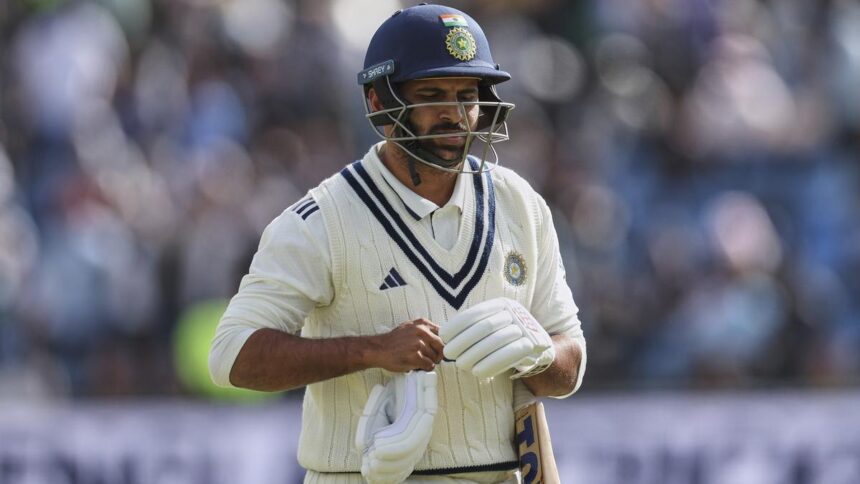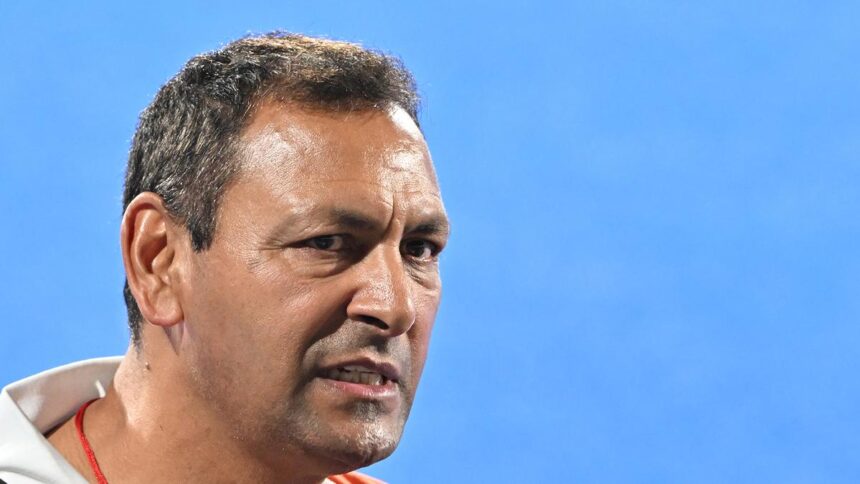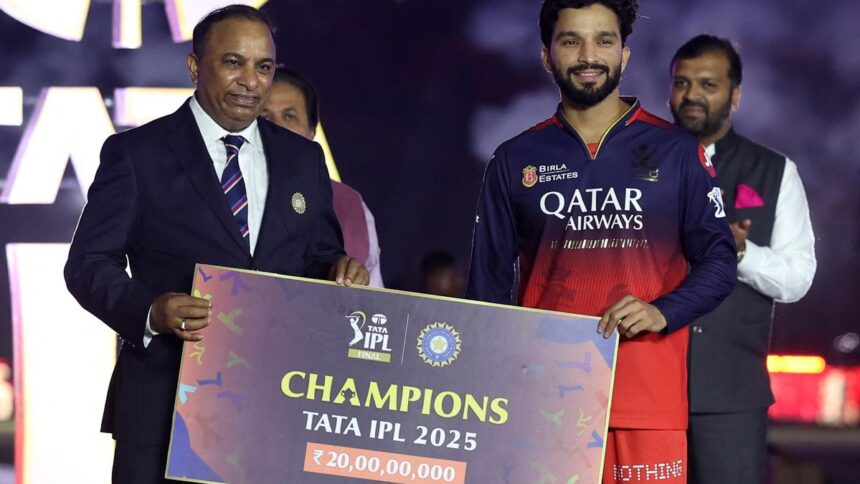The story so far: Sport in India can trace its roots back to pre-historic times, when physical skills that are now foundational to modern sports were then integral to daily life. As hunters and gatherers, humans relied on abilities like archery, wrestling, swimming, and climbing, not for recreation, but for survival. These have now evolved into the individual and team sports that we are familiar with today.
How did sports do post 1947?
India’s sports policy journey since 1947 must be seen in the context of the nation’s broader socio-economic development. Post the British Raj, India’s prime focus was on rebuilding the nation by addressing poverty, health, and education. It is therefore understandable that sectors like sports did not feature prominently in the national agenda. Even so, India hosted the first Asian Games in New Delhi in 1951, a bold assertion of the country’s regional aspirations and soft power. In 1954, the government set up the All-India Council of Sports (AICS) to advise on sports matters, support federations, and fund elite athletes.
However, allocations were modest, resulting in athletes missing international competitions due to a lack of financial support. For nearly three decades, nothing notable transpired on the policy front. Yet, India’s men’s hockey team dominated the Olympics from 1920 to 1980. And Indian athletics saw stars emerge such as Milkha Singh (200/400m), Gurbachan Singh (decathlon), Praveen Kumar Sobti (discus and hammer throw), and Kamaljeet Sandhu, the first Indian woman to win an individual gold medal at the Asian Games.
When did India’s sports policy begin?
The 1982 Asian Games catalysed change. The government created a dedicated Department of Sports under the Ministry of Human Resource Development. Riding the post-Games momentum, India finally unveiled its first National Sports Policy (NSP) in 1984. The NSP 1984 aimed to improve infrastructure, promote mass participation, and raise standards in elite sports. It also stressed the importance of integrating sports with education, which was formalised in the 1986 National Education Policy. That same year, the Sports Authority of India (SAI) was established to implement policy, and athlete development programs.
While global sports ecosystems evolved rapidly between 1986 and 2000, they remained tepid in India. Sports is a ‘State’ subject in the Constitution and though the Union government had earmarked it a modest budget, the involvement of society and markets were minimal. Policies remained weak, and implementation inconsistent. India’s economy too remained sluggish through the 1980s. However, 1991 marked a turning point, with the emergence of liberalisation. This economic shift coincided with cultural changes. Cable television, global exposure, and a rising middle class brought greater visibility and aspiration for sports. A Draft NSP in 1997 recognised this, proposing that States focus on broadbasing, while the Union concentrated on elite excellence. But it never went beyond the draft stage.
How has sports evolved post-2000?
In 2000, India created a dedicated Ministry of Youth Affairs and Sports (MYAS). A revised National Sports Policy was launched in 2001, setting clearer goals for mass participation and international excellence. This period also saw sports feature in the Union Budget, albeit with a small allocation. India’s Olympic medal tally remained modest, with Rajyavardhan Rathore’s silver (2004), Abhinav Bindra’s gold (2008) and bronzes in boxing from Vijender Singh (2008) and Mary Kom (2012).
In 2011, the National Sports Development Code (NSDC) was introduced, aiming to regulate and professionalise National Sports Federations (NSFs). It addressed governance, anti-doping, age fraud, betting, gender issues etc. but as always, implementation remained the hurdle.
However, several impactful schemes were launched over the years — TOPS (Target Olympic Podium Scheme 2014) provided elite athletes with coaching, nutrition, and infrastructure support; Khelo India (2017) conducted youth talent identification across schools and universities; and the Fit India Movement (2019) promoted physical activity and fitness as a public health priority.
Can India host the Olympics?
India’s intent to host the 2036 Olympics has ignited momentum. In 2024, the government released both the Draft National Sports Policy and the Draft National Sports Governance Bill for public feedback. Whether these make it to law remains to be seen. The good news is that yesterday the NSP 2025 was announced, unveiled as “ Khelo Bharat Niti- 2025”, reinforcing India’s 2036 Olympic bid.
Similarly, measures that have been deliberated for a while, like the Draft National Code for Good Governance in Sports, 2017 should be given the go-ahead. India had the ignominious distinction of topping the latest global doping list released by WADA. It’s about time for all stakeholders to move beyond self-interest and enforce reforms for the larger good of Indian sport. We must now prioritise scientific coaching, physical literacy, and sports in education. Lasting change demands sustained action. Building a ‘sporting nation’ doesn’t happen overnight. With Khelo Bharat Niti 2025, we have a golden opportunity to fast-track India’s long-term sporting ambitions. The question is, are we game?
Malathi Renati is Head of Policy School at the Takshashila Institution.
Published – July 02, 2025 08:30 am IST





